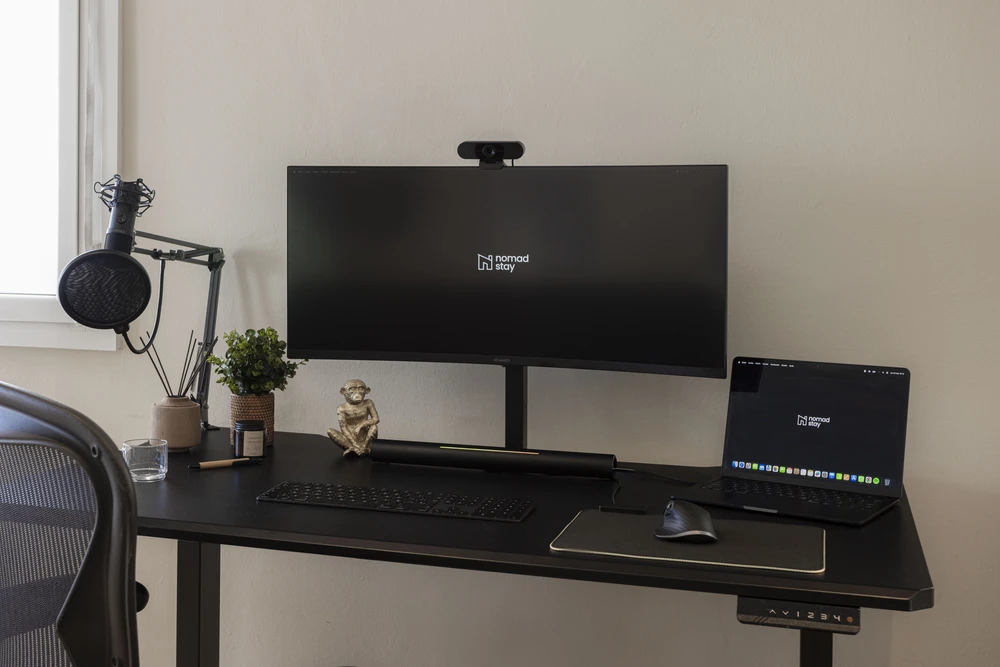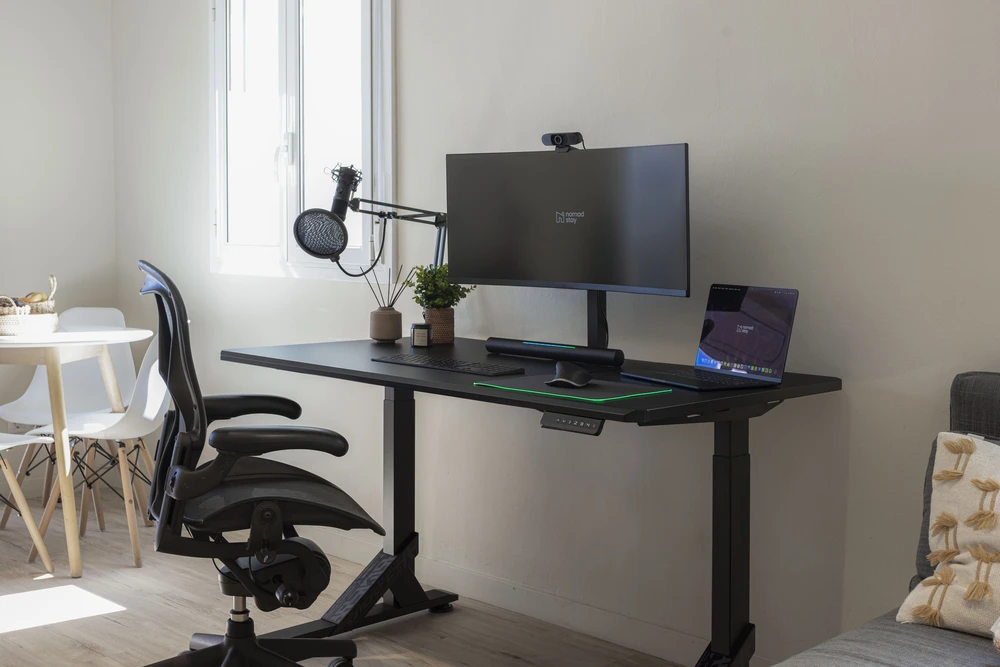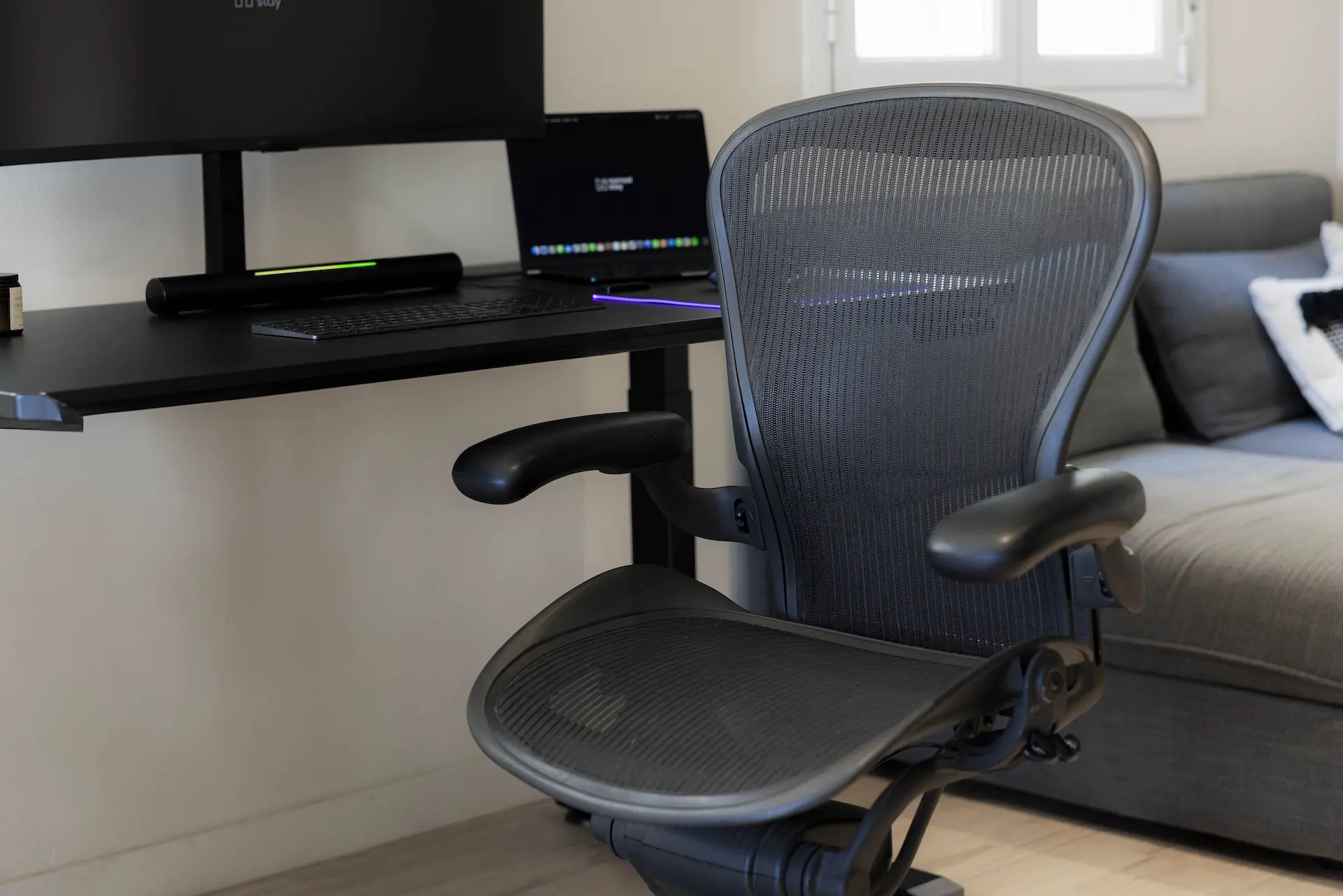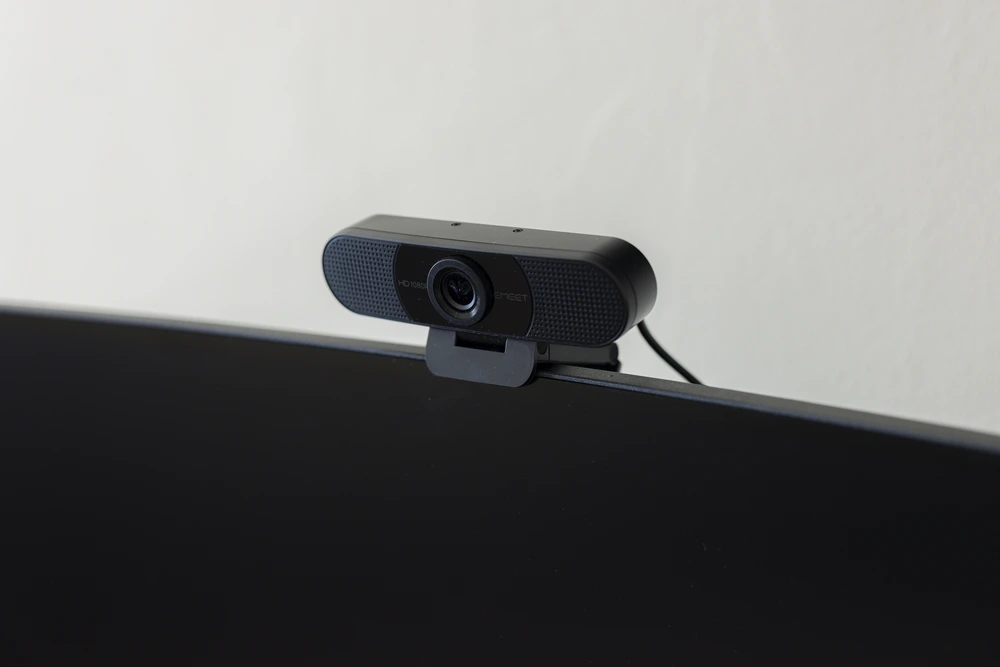The New Era of Remote Work: Breaking Down Industry Barriers
Explore how technology and tools make remote work viable across industries. Unlock global talent and reimagine possibilities with expert insights.

The New Era of Remote Work: Breaking Down Industry Barriers
We’ve said it before and we’ll say it again: Remote work isn’t a trend. If anything, it’s closer to a revolution. And revolutions don’t ask for permission – they redefine what’s possible.
Remote work marked a fundamental shift in how work gets done, challenging the notion that productivity depends on physical proximity. Today, that shift has turned into a global movement, reshaping industries and possibilities. Yet, despite the progress, skeptics remain – many clinging to the outdated notion that certain industries can’t function without physical offices.
We’re here to challenge that.
With the right equipment, mindset, and technological advancements, remote work is no longer the exception but a viable reality for nearly all industries.
The Myth of "Impossible to Remote"
One of the most common arguments against remote work is, "It can’t be done in my industry." Manufacturing, healthcare, and even education are often cited as examples. But this resistance often stems from an unwillingness to rethink how work is organized rather than from true technological limitations.
Take healthcare: Telemedicine, once seen as a niche offering, is now a staple. Remote diagnostic tools and AI-driven solutions enable doctors to assess patients even from thousands of miles away. Similarly, in manufacturing, advancements in robotics and IoT allow factory floors to be monitored and even operated remotely by skilled technicians.
The tools exist. The challenge lies in our imagination and willingness to adapt.
The Role of Technology: Breaking Down Barriers
To make remote work a universal reality, three pillars of technology are essential:
Communication Tools
High-quality video conferencing, asynchronous messaging, and collaborative platforms like Slack, Notion, or Miro have already replaced much of the need for in-person meetings. The rise of virtual reality (VR) and augmented reality (AR) takes this a step further, enabling immersive experiences for training, design, and collaboration across industries.
Automation and Robotics
Jobs that once required hands-on labor are increasingly augmented by robots and automated systems. In agriculture, for instance, drones can now monitor crop health, while remote-controlled tractors handle the physical labor. The role of the human shifts from hands-on execution to strategic oversight—a task that can often be done remotely.
Specialized Hardware
Beyond software, the right hardware is critical. Surgeons now perform intricate operations remotely using robotic arms, while architects collaborate using digital drafting tables that simulate the tactile experience of traditional sketching. Companies like Logitech are designing ergonomic, reliable tools—like the MX Keys keyboard—that make remote work seamless and comfortable.
The Real Obstacle: Mindset
Technology may provide the tools, but mindset is what ultimately unlocks potential.
To help professionals from all industries embrace this shift, we offer a seamless solution, equipping workers with tools tailored to remote environments—from ergonomic workstations to cutting-edge collaborative hardware. We ensure that transitioning to remote work is possible and effortless. Our workstations bridge the gap between traditional office setups and remote needs, empowering professionals to focus on results, not logistics. Companies must stop treating remote work as a compromise and start seeing it as a competitive advantage. Remote work allows access to global talent, reduces overhead, and fosters autonomy.
This shift demands trust. Trust your employees to manage their time. Trust that work isn’t about where you sit but about what you achieve. And trust that embracing remote work doesn’t weaken company culture, it enhances it by forcing clarity, communication, and intentionality.
What’s Next?
The question isn’t whether industries can work remotely but how quickly they can adapt to make it happen. To the skeptics, we’d say: Look closer. The tools are already here. The future of work isn’t just about offices versus homes; it’s about breaking free from the constraints of geography entirely.
For those willing to embrace this change, the rewards are profound, not just for companies but for workers and the world at large. Fewer commutes mean less pollution. Access to global talent means more innovation. And a focus on results over face time means better work-life balance for everyone.
So let’s stop asking whether we can work remotely and start asking: How can we do it better?





















